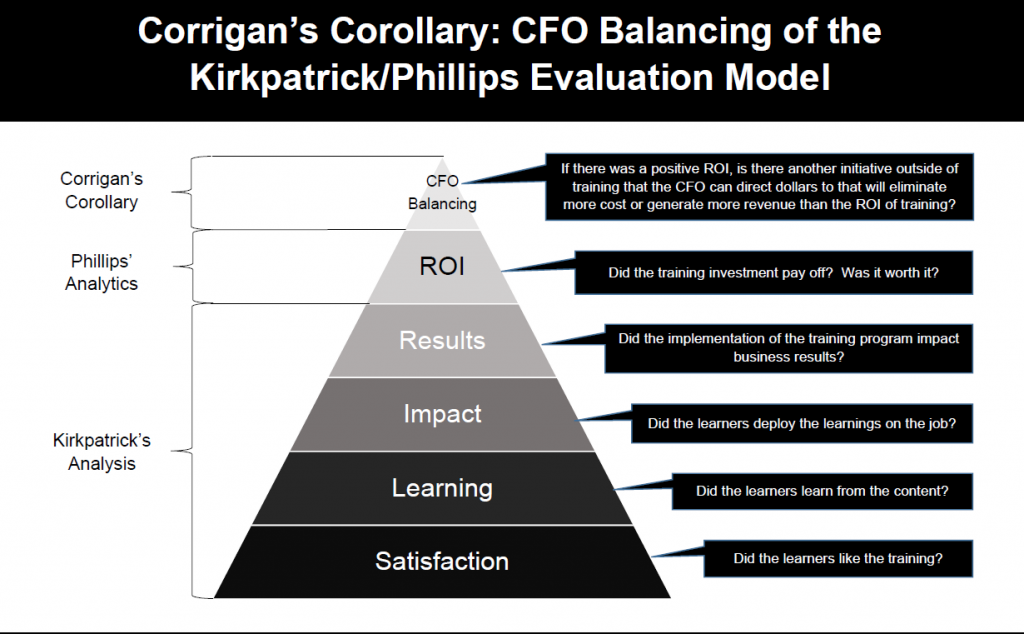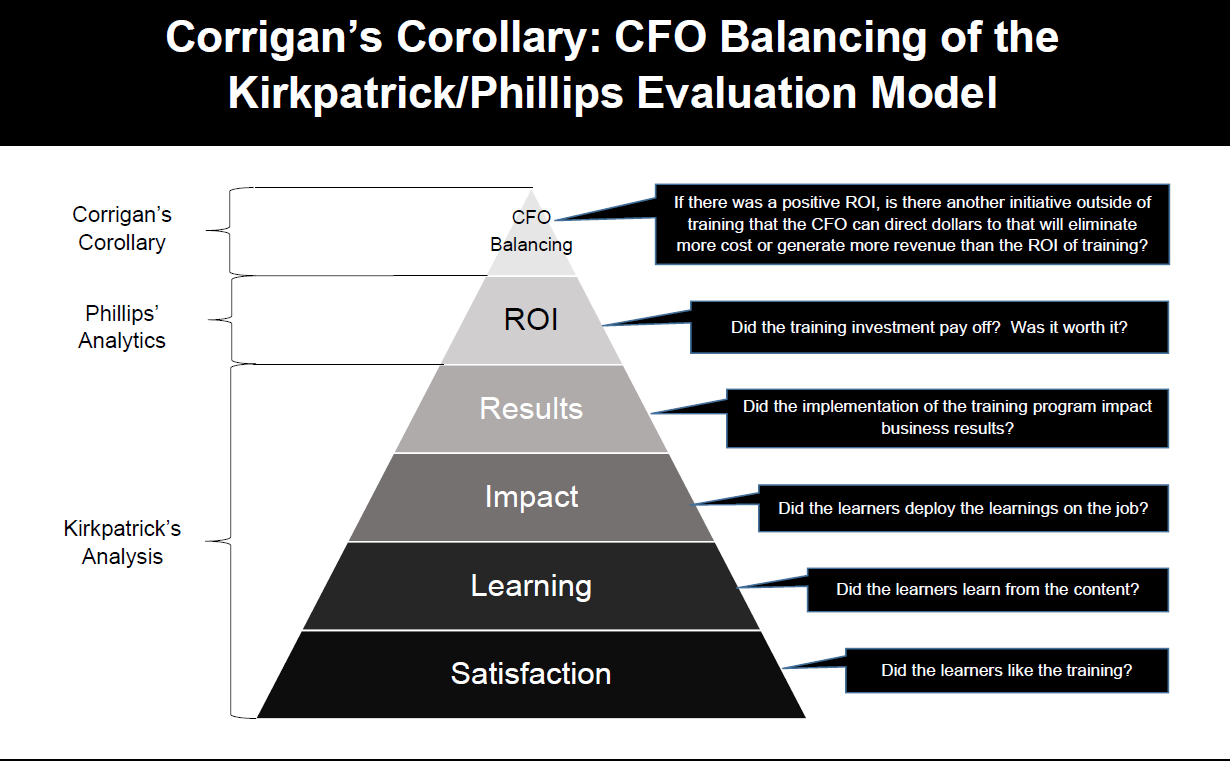Measure What Matters: The Kirkpatrick Model for Training Evaluation
The Kirkpatrick Model is a globally recognized framework for evaluating the effectiveness of training programs. Developed by Donald Kirkpatrick, it breaks down learning impact into four levels:
- Reaction – How did participants feel about the training?
- Learning – What knowledge or skills did they gain?
- Behavior – Are they applying what they learned on the job?
- Results – What measurable outcomes did the training produce?
Why is it important? Because great training isn’t just about good feedback—it’s about real-world results. The Kirkpatrick Model helps organizations go beyond smile sheets and assess whether training truly drives performance and business impact.
How to Use It
- Design training with all four levels in mind
- Collect data at each stage to track effectiveness
- Align learning goals with organizational outcomes
- Refine programs based on what’s working—and what’s not
Whether you’re in L&D, HR, or leadership, the Kirkpatrick Model gives you a structured way to prove and improve the value of your training.
Phillips’ ROI Methodology
But what if you need to go one step further—to prove the financial return on your training investment?
That’s where Phillips’ ROI Methodology comes in. Building on Kirkpatrick’s four levels, Phillips adds a fifth level: Return on Investment (ROI). This level quantifies the monetary value of training outcomes and compares it to the cost of the program, helping you answer the ultimate question:
“Was it worth it?”
How to use both models together:
- Use Kirkpatrick to measure learning effectiveness and behavior change
- Apply Phillips ROI to calculate the financial impact of those changes
- Align training with business goals and demonstrate measurable value
- Make data-driven decisions to improve future programs
Together, these models provide a comprehensive, evidence-based approach to evaluating and justifying your learning and development efforts.
Corrigan’s Corollary
But in today’s data-driven organizations, even ROI isn’t the final word.
Enter Corrigan’s Corollary—a strategic lens that asks:
“Even if training shows a positive ROI, is there another initiative that could deliver greater cost savings or revenue impact?”
This corollary introduces CFO Balancing—a reality check that encourages leaders to compare training ROI against other potential investments. It reframes training evaluation not just as a measure of success, but as a strategic allocation of resources.
How to use all three together:
- Use Kirkpatrick to measure learning and behavior change
- Apply Phillips to quantify financial impact
- Leverage Corrigan’s Corollary to align training with broader business priorities and opportunity costs
Together, these models empower L&D professionals, HR leaders, and CFOs to make smarter, more strategic decisions about where to invest for the greatest impact.

